The scapulae need rhythm and symmetry to allow for adequate motion when performing pull-ups. Assessing scapular rotation before progressing to an independent pull-up sets your client…
READ MORE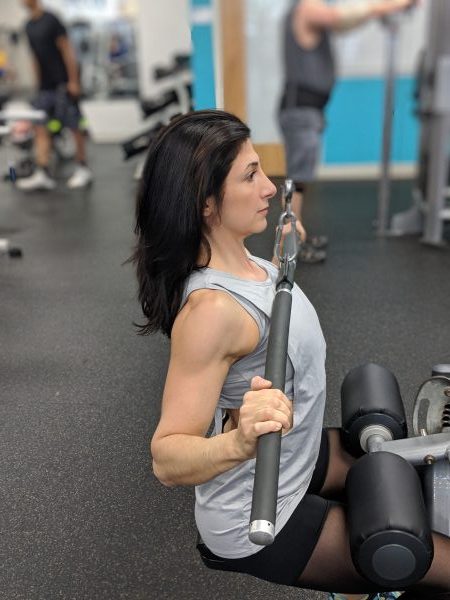

The scapulae need rhythm and symmetry to allow for adequate motion when performing pull-ups. Assessing scapular rotation before progressing to an independent pull-up sets your client…
READ MORE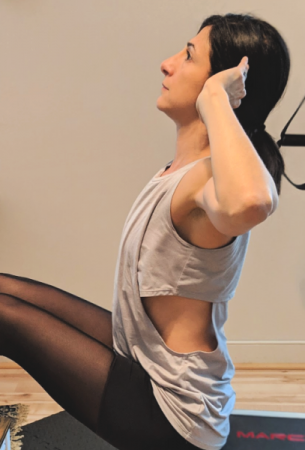
Thoracic mobility is crucial for proper pull-up performance, allowing for proper scapular motion, and hence, optimal shoulder movement. Assessing thoracic mobility and latissimus dorsi length is…
READ MORE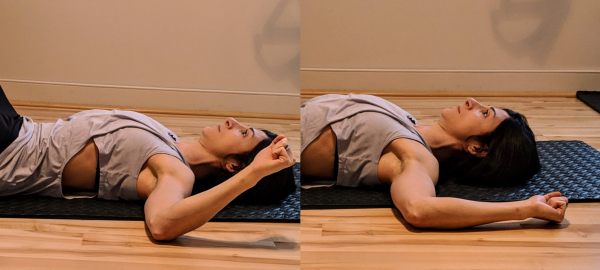
The glenohumeral (shoulder) joint requires balanced and adequate external rotation to perform a pull-up effectively. Assessing the performance of both internal and external rotator muscles…
READ MORE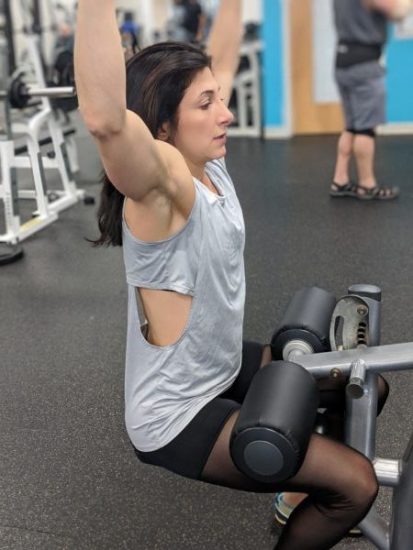
The best way to ensure the process of progressing pull-ups goes smoothly is to assess and address mobility issues first. Joint mobility is the degree…
READ MORE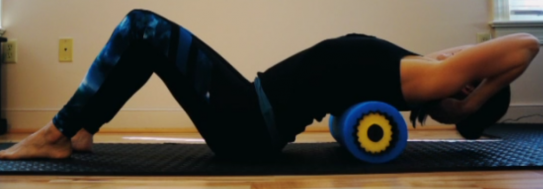
Improving thoracic mobility and lengthening the latissimus dorsi are essential steps to laying a strength foundation for a pull-up progression routine. Before incorporating the following…
READ MORE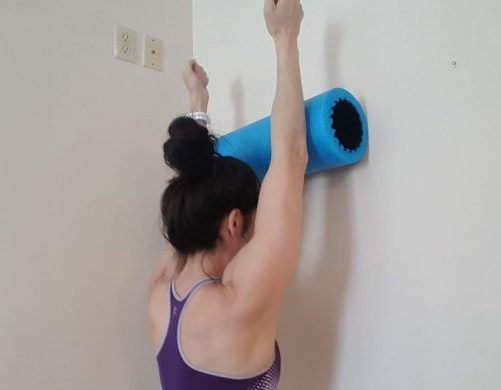
Improving scapular mobility and correcting muscle imbalances that might prevent proper pull-up form is an essential step before teaching efficient pull-up or chin-up technique. After…
READ MORE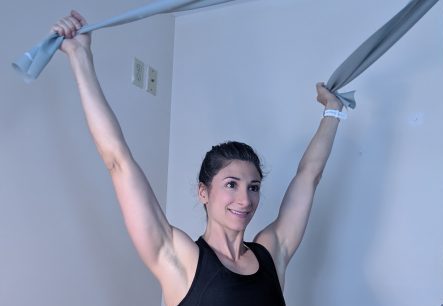
The last piece of relevant corrective exercises to improve shoulder mobility for pull-up progressions is focused on glenohumeral internal and external rotation. Once you have…
READ MORE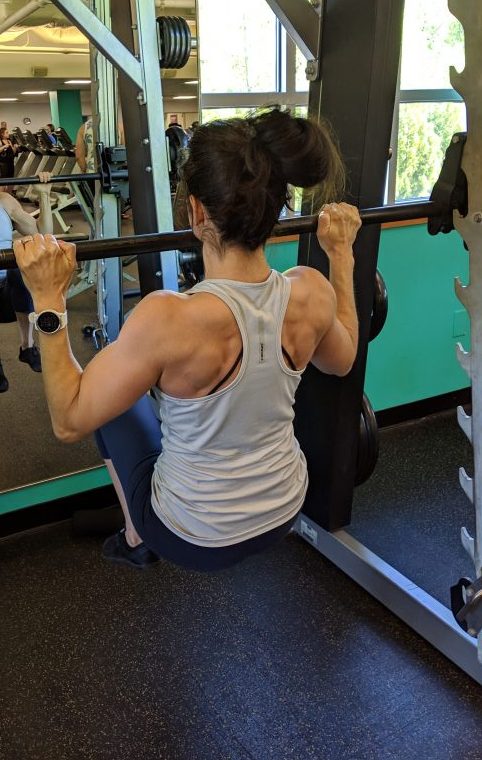
Teaching a client to do pull-ups, a gold standard exercise embodying bodyweight strength and endurance, is a process. Assessing mobility and addressing restrictions with releases…
READ MORE